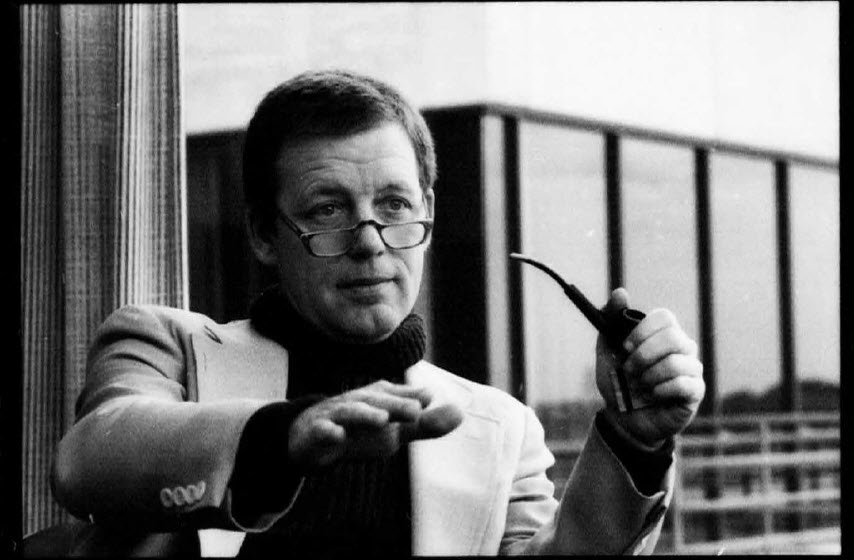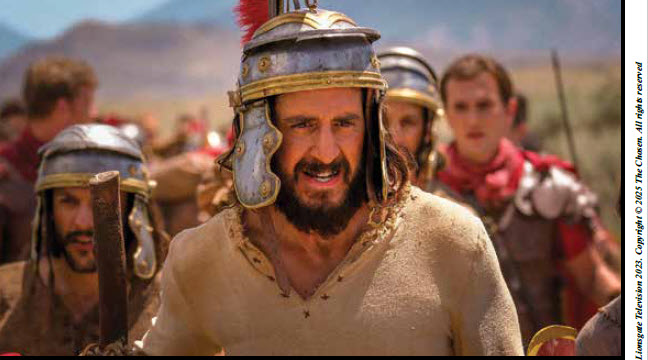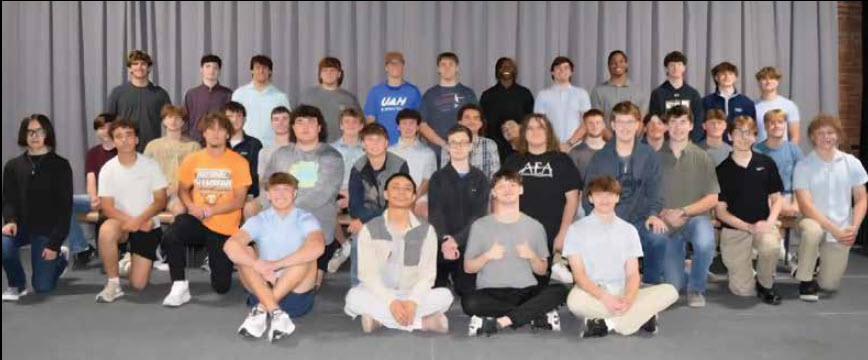By: Mae Lewis
Bob Taylor is the most influential person you’ve never heard of. Known as a tech pioneer, he helped bring about almost every piece of technology that you use in your home or office today.
Famously, he had no formal academic training or research experience in computers or technology (he didn’t even formally attend school until age 16), yet he was able to lead the greatest minds in the world. With just a master’s degree in psychology, he has been called one of the most successful leaders who ever lived.
What Taylor did have was a high-level vision, and a love for people. He knew how to make people work together. He worked first as a teacher, then an engineer – he helped design one of the standard nuclear missiles for the US Army – before he became a project manager at NASA, working on the Apollo program. There, he famously directed the funding that would lead to the invention of the computer mouse. Later at Arpa, he oversaw the building of a computer network, which would later become the internet. He went on to work at Xerox PARC, the leading computer R&D facility in the 1970s.
And that is where is influence became legendary: Taylor was a team builder. What made him truly iconic was his ability to build one of the greatest tech teams and keep it together for years.
In the history of Silicon Valley, teams are what have driven innovation. Brilliant minds would come together as a collective influence, then go on to individually make a significant impact in the tech landscape. For example, PayPal’s founders went on to found Tesla, Space X, Linkedin, and Yelp. Sun Microsystems founders went on to become the CEOs of Google, Yahoo, and Motorola.
In the 1970s and 1980s, the pioneering minds were at Xerox PARC, and Bob Taylor was the leader. When Steve Jobs visited there in 1979, he was in awe of the new technologies he witnessed, and later would incorporate it into all of his computers. The lab run by Bob Taylor was state of the art, and it has been said that the team he assembled was “the greatest by far team of computer scientists ever assembled in one organization.” He pushed for innovation, telling his team that they could do what others said could not be done. He told them that they could create things that no one could see or imagine. And they did.
At Xerox PARC, the list of groundbreaking projects that he supervised is staggering: the graphical user interface, icons, pop-up menus, cut-and-paste techniques, overlapping windows, bitmap displays, easy-to-use word processing programs, Ethernet networking technologies, the laser printer, the “desktop” interface, and so much more. All of these teams were served by men who went on to form companies such as Adobe Systems, Pixar, Apple, Atari, and Google, and software like Microsoft Word and SuperPaint. They won top scientific awards, like the Turing Awards (the equivalent of the Nobel Prize in computer science). They went on to found the basis and framework for the modern telecommunications systems that govern our everyday lives, including the internet – and they all sat at Bob Taylor’s table.
As an indicator of his leadership, when Taylor was pushed out of Xerox PARC in 1983, 15 of his top researchers resigned and went with him to form a new team: Systems Research Center at Digital Equipment Corporation, which went on to become Hewlett Packard.
Chuck Thacker, one of the co-inventors of the personal computer said, “If you are looking for the magic, it was him.”
So, what was the secret? Taylor believed in the power of communication and collaboration. His motto was: “None of us is as smart as all of us.” He spent hours getting his teams to talk to one another, and understand each other. They saw his influence as nurturing, breathing life into ideas that only existed in science fiction.
Bob Taylor has been called a “concert pianist without fingers,” but I think a more apt description is an orchestra conductor. He didn’t have to know how to play the instruments, he just needed to get talented minds to communicate with one another. Taylor knew that the “computer age” wasn’t about technology, it was about communication.
He knew that his vision was more important than his ability — and building relationships and communication was always the goal…the rest took care of itself. His passion helped others to realize that together, we are more than the sum of our parts. Together, we can change the world.
By: Mae Lewis









 June 20, 2025
June 20, 2025



